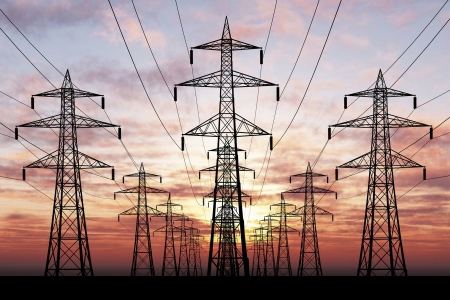BAKU, Azerbaijan, Apr.23
By Leman Zeynalova – Trend:
Growing share of renewables will cause electricity price volatility, Trend reports citing Fitch Ratings.
“As renewables grow their share of generation, this is likely to lead to increased electricity price volatility, which is already challenging the viability of large fossil fuel and nuclear power projects in competitive markets,” said the company.
The International Energy Agency (IEA) forecasts that renewable capacity additions are on track for a record expansion of nearly 10 percent in 2021.
Two factors should drive the acceleration, leading to the fastest growth since 2015. First, the commissioning of delayed projects in markets where construction and supply chains were disrupted. Prompt government measures in key markets – the United States, India and some European countries – have authorised developers to complete projects several months after policy or auction deadlines that originally fell at the end of 2020. Second, growth is set to continue in 2021 in some markets – such as the United States, the Middle East and Latin America – where the pre-Covid project pipeline was robust thanks to continued cost declines and uninterrupted policy support.
India is expected to be the largest contributor to the renewables upswing in 2021, with the country’s annual additions almost doubling from 2020. A large number of auctioned wind and solar PV projects are expected to become operational following delays due not only to Covid-19 but also to contract negotiations and land acquisition challenges.
Falling unit costs of solar and wind energy will prove increasingly disruptive to the energy sector as a whole, according to Fitch Ratings.
“One outcome of the pandemic has been greater use of renewable energy in many countries, as a result of falling demand overall and growing policy incentives for renewable deployment. Increasing economies of scale and technological maturity, as well as rising demand for power-purchase agreements, continue to attract investors to solar and wind projects.
Disconnect between supply and demand of renewable energy and intermittency of resources continue to pose challenges, with large-scale battery storage remaining prohibitively expensive in most cases. Grid-balancing and distribution costs are also set to rise as solar and wind are deployed more widely, and network utilities will be sharply increasing capital expenditure to meet these needs. Despite growing interest in the production of ‘green’ hydrogen from solar and wind, a near-term solution to the intermittency problem will be wider deployment of smart grids and intelligent pricing to balance supply and demand,” said the company.
---
Follow the author on Twitter: @Lyaman_Zeyn






